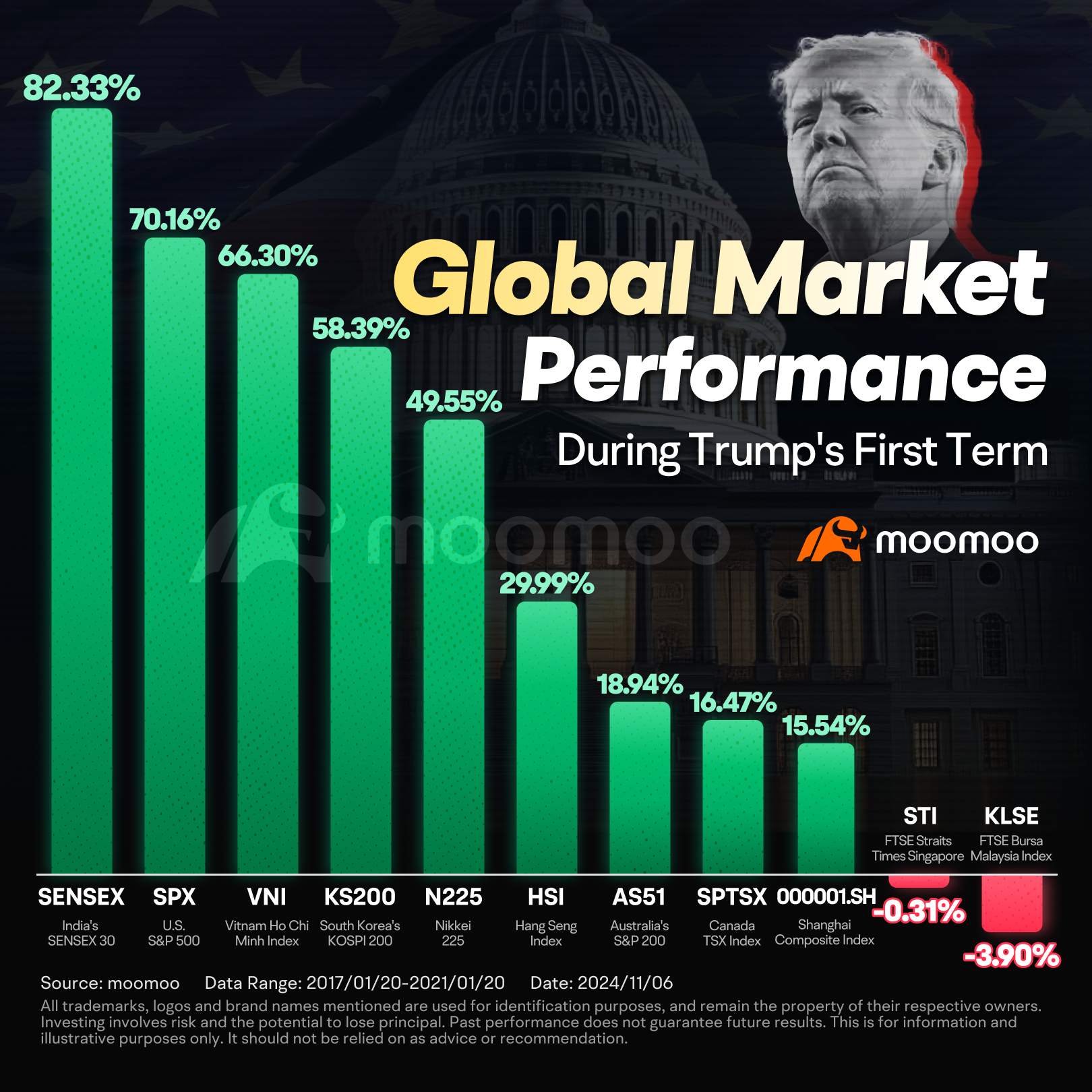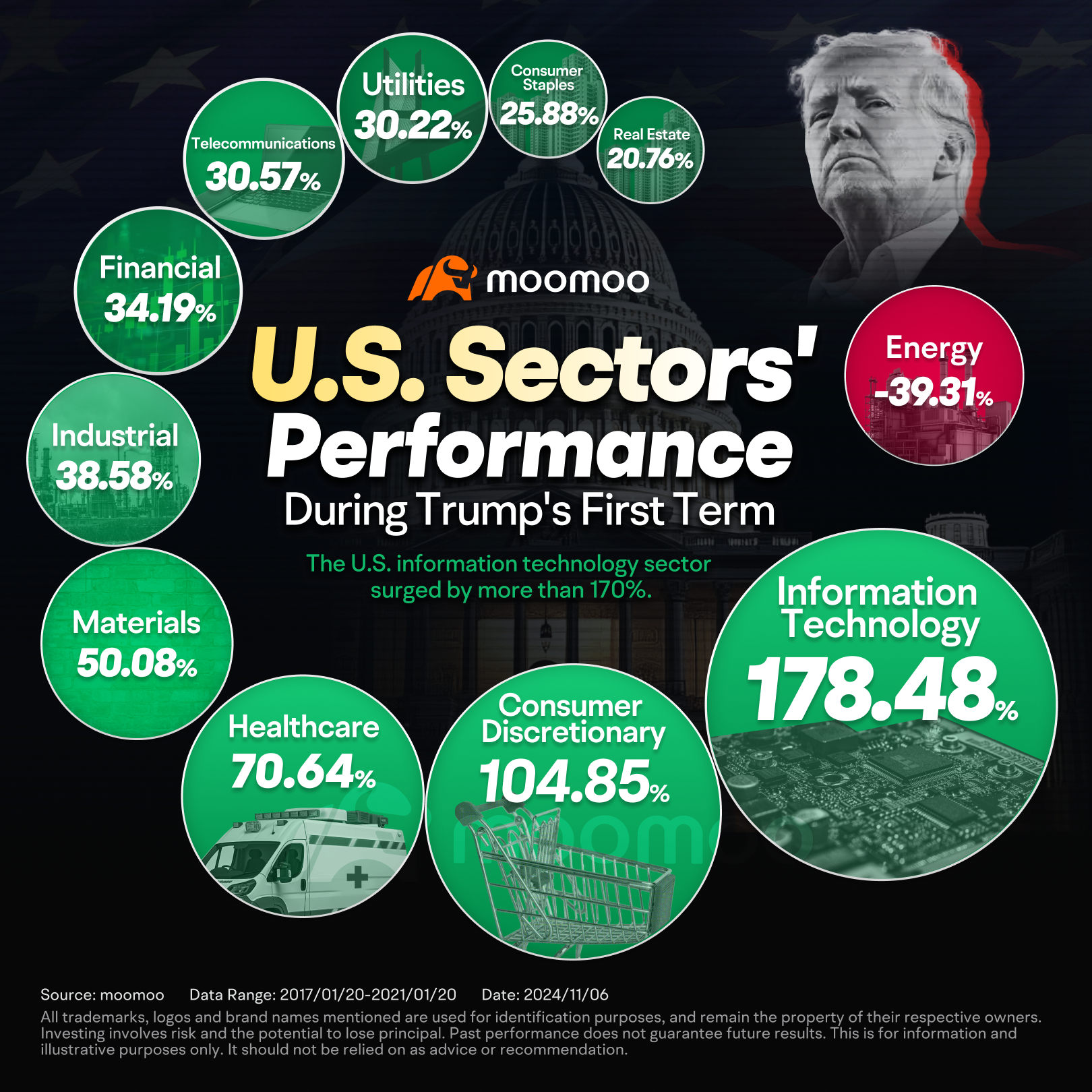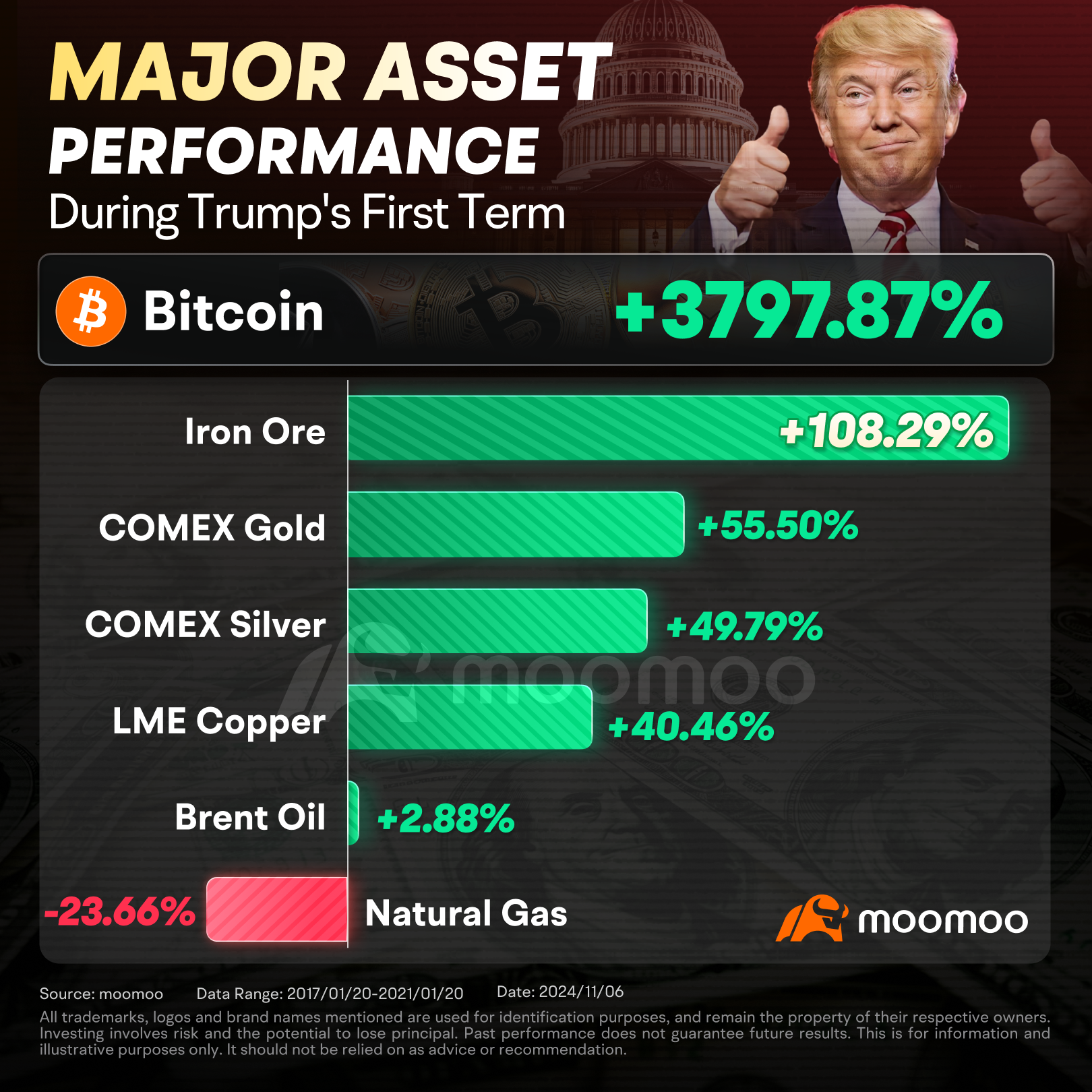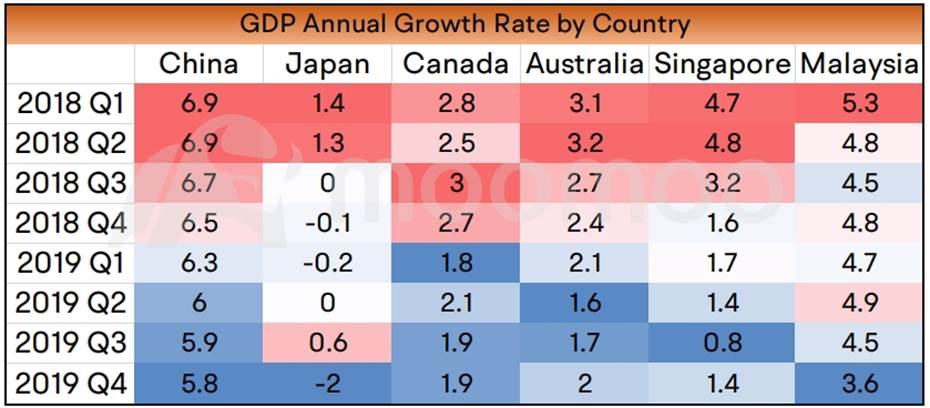"Unified government" is more favorable for U.S. stocks than "divided government." Since the 1950s, the election years featuring a "Republican President with a unified Congress" include 1952, 2004, and 2016; in these three years, U.S. stocks recorded gains of over 5% one month after the election. In contrast, in historical scenarios with a "Republican President and a divided Congress," U.S. stock performance showed greater divergence. A "divided government" increases the uncertainty of fiscal spending, especially in years when the debt ceiling is triggered, significantly raising the risk of economic downturn.





Jean L Marc : Everything changes in the world market when selecting a new president with different priorities, ideas, and agendas
葡萄山 : Trump himself is not the most outstanding leader, this depends on whether the people he hires are outstanding enough to pave the way for him and break through obstacles.
71732910 : Hopefully he can keep his mouth shut this time and do what has to be done for EVERYONE!
Z00Moo : The people have spoken. Capitalism was saved by electing Mr. Trump. Congratulations.
GingleCash : Simply put…He will save the republic. Bringing oil, industry and manufacturing back to a lucrative America!
francis kowalski Z00Moo : agree
francis kowalski 71732910 : you got that right
72655922 : hey.. Haters head for the border before he closes it..
och88och 71732910 : Leopard never changes its spots
och88och GingleCash : Good luck. Self help better . Manufacturing jobs as America knows it in the past
View more comments...